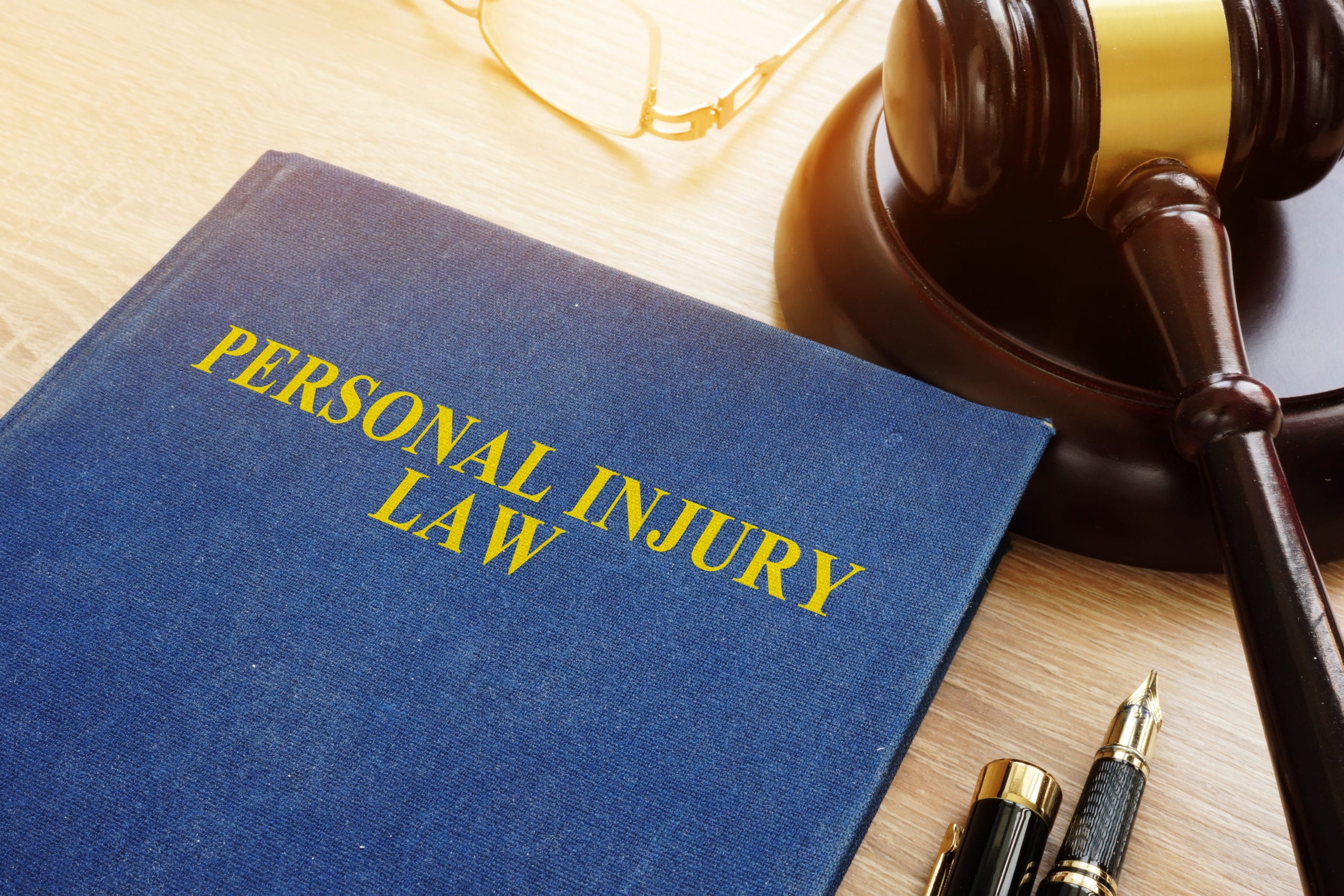Injured in MN? How the Law Works to Protect You (and How It Doesn’t)
Minnesota personal injury law can be complicated. There are many rules and regulations and then exceptions to these rules and regulations.
If you’ve sustained a personal injury and you believe that it was due to the negligence of another, the first step is understanding how Minnesota protects you. You also need to understand what qualifies as a personal injury to know whether you have a case.
We’ll cover the different scenarios that can lead to personal injuries and what the law says. Then, we’ll examine what you need to prove to succeed in recovering damages due, as well as how long you have to file a personal injury claim in this state.
What Qualifies as a Personal Injury in Minnesota
By and large, the type of injury you have sustained will determine several aspects of your claim such as how long it takes to recover, what expenses will be taken care of, the types of recoverable damages available to you, and caps on your total damage award(s).
Learn more below about how some of the most common personal injury scenarios typically work out.
Personal Injury Arising From a Car Accident
Car accidents are some of the most common injuries that people sustain. In Minnesota, it isn’t always easy to bring these cases to court, however. Minnesota is what is known as a no-fault state.
In the event you are injured in a car accident, you are expected to seek compensation for injuries from insurance. The only way you can bring the case to court is if you’ve incurred more than $4,000 in medical expenses or if you’ve suffered disability for more than 60 days.
Injury Arising from a Dog Bite
Minnesota is known as a strict liability state when it comes to dog attacks. This means that the owner of an animal is wholly responsible for injuries another person receives from their animal. The exact statue reads as follows:
“If a dog, without provocation, attacks or injures any person who is acting peaceably in any place where the person may lawfully be, the owner of the dog is liable in damages to the person so attacked or injured to the full amount of the injury sustained.”
Injury Arising from a Slip and Fall
This is one of the most common types of personal injury claims brought to courts every year. An injury arising from this type of incident falls under the principle of negligence. This means the offending party had a duty for which they failed to uphold. An example of this would be a business that fails to mark wet floors properly.
Injury Arising from Defamation
Not all personal injury cases involve physical injuries or damages. Some nonphysical personal injuries can include situations where your reputation has been damaged, leading to a loss of income. In this case, you will need to prove that the offending party was careless and negligent, and this directly led to your injury.
What Do You Have to Prove in a Personal Injury Case?
There are a few primary components that you need to prove to bring forth a personal injury case successfully. The central element is that the offending party was negligent, and this negligence is what led to your injury.
This isn’t necessary in all personal injury cases. In the above situation that someone’s dog bites you, the person is at fault regardless of the situation. But, in most cases, you will be required to prove negligence on the part of the other party.
To prove negligence, a few key elements must be shown:
- Duty: The other party owed you a duty of care;
- Breach of Duty: The other party failed to meet that duty;
- Cause in Fact: But for the other party’s failure, you would not have been injured;
- Proximate Cause: The other party’s failure (and not something else) caused your injury;
- Damages: You have actually been injured and suffered some loss.
What Is the Statute of Limitations for Personal Injury in Minnesota?
There is a two-year statute of limitations for personal injury claims in Minnesota. In the event you try and bring a claim after this window of time has passed, the case will likely be dismissed. There are, however, a few exceptions to this rule.
Exception 1: Underage Victims
The first exception is if a person is a minor at the time of the injury. In this case, the two-year statute of limitations is waived until the person turns of legal age at which point the clock begins to run. The two-year statue will be applied two years after the individual becomes legal age if no claim has been brought forth.
Exception 2: Mental Incompetence
Another reason the statute of limitations can be waived is in the event the person suffering the injury is legally insane. If this is the case, the statute of limitations clock will not start until the person is considered to be competent. There is usually a five-year extension in this case where the person can file a claim.
Exception 3: Out-of-State Claims
 The final exception for the two-year statute of limitations rule is if the defendant “departs and resides out of the state” before a claim can be brought forth. In this case, the time the defendant was out of state likely won’t be counted towards the two years.
The final exception for the two-year statute of limitations rule is if the defendant “departs and resides out of the state” before a claim can be brought forth. In this case, the time the defendant was out of state likely won’t be counted towards the two years.
There are many other nuances when it comes to personal injury cases. Knowing how the laws work in Minnesota gives you a much better chance of getting the best possible outcome with your claim.
About the Author:
Andrew T. Poole is a Minnesota native who has served in the Army for more than 18 years and is currently a JAG lawyer in the Army Reserves in addition to serving as a partner at LaCourse, Poole & Envall. He has handled thousands of criminal and family law cases over the course of his career and has a firm belief that all hardworking Minnesotans should be entitled to the best possible legal counsel. Mr. Poole boasts a 10/10 Superb rating on Avvo, is Lead Counsel rated, and has been recognized multiple times by SuperLawyers, National Trial Lawyers, and others for his work.
















